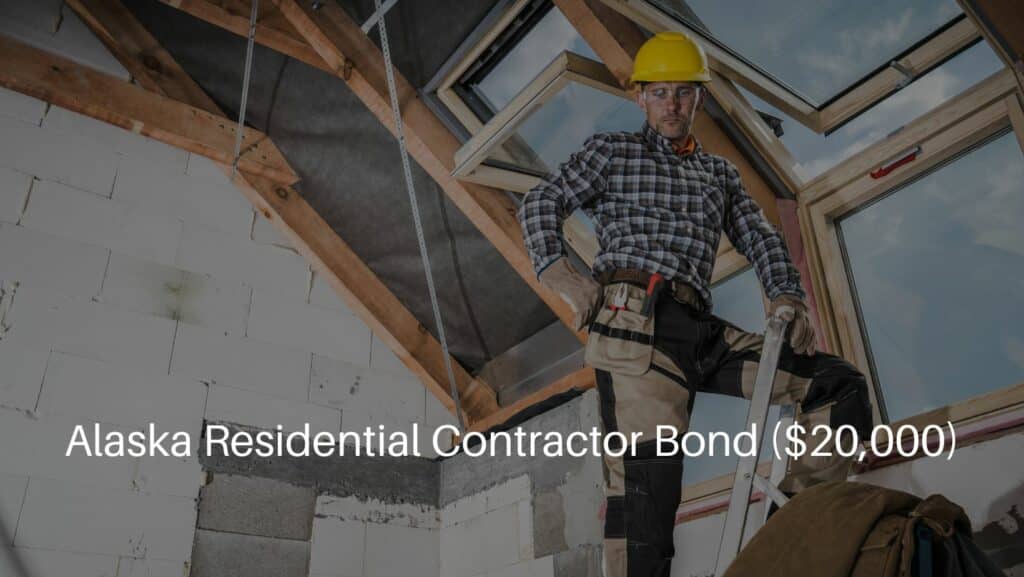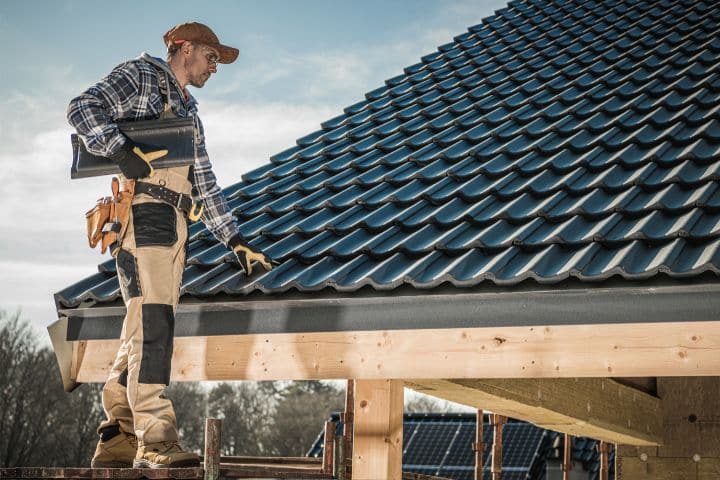
Get An Instant Quote on Alaska Residential Contractor Bond ($20,000) Now

In the vast wilderness of Alaska, where the landscape is as rugged as it is beautiful, building a home requires more than just sturdy materials and skilled hands. It demands trust and assurance that your contractor will deliver quality workmanship. That’s where the Alaska Residential Contractor Bond comes into play, serving as a vital safeguard for homeowners and a mark of credibility for contractors.
The primary purpose of the bond is to protect consumers. It ensures that if a contractor fails to fulfill their obligations—such as completing the project according to the agreed-upon terms or adhering to building codes—the client can file a claim against the bond to seek compensation for any financial losses incurred.
Let’s break it down: Suppose you hire a contractor to build your dream home in Alaska. As part of the licensing process, the contractor obtains a Residential Contractor Bond worth $20,000. During the construction process, if the contractor breaches the contract, performs subpar work, or fails to meet regulatory standards, you, as the homeowner, can file a claim against the bond.
Upon receiving a valid claim, the bonding company investigates the matter. If the claim is deemed legitimate, the bonding company will compensate you up to the bond amount ($20,000 in this case). This provides homeowners with a layer of financial protection and recourse in case things go awry.
Any contractor engaging in residential construction work in Alaska is required to obtain the Residential Contractor Bond. This includes builders, remodelers, roofers, electricians, plumbers, and other trades involved in residential projects.

Obtaining the Alaska Residential Contractor Bond involves a straightforward process:
The Alaska Residential Contractor Bond serves as a cornerstone of trust and accountability in the state’s residential construction industry. For homeowners, it offers reassurance and financial protection, while for contractors, it signifies professionalism and credibility. By understanding the importance of this bond and ensuring compliance, both parties contribute to a stronger and more reliable housing market in the Last Frontier.
In simple terms, the Alaska Residential Contractor Bond is a form of insurance that contractors must obtain before they can legally operate in the state. It’s a promise from the contractor to their clients and the government that they will abide by the rules and regulations governing residential construction projects.
Unlike some forms of insurance, the Residential Contractor Bond is not transferable between contractors. Each bond is specific to the individual or business that obtained it. If a contractor sells their business or ceases operations, the bond cannot be passed on to the new owner or another contractor. Instead, the new contractor would need to obtain their own bond to continue operating legally.
While the Residential Contractor Bond offers financial protection to homeowners in the event of contractor default, it’s essential to understand its limitations. The bond typically covers breaches of contract, failure to meet building standards, and financial losses resulting from contractor negligence. However, it may not cover disputes related to design changes requested by the homeowner, delays due to unforeseen circumstances like extreme weather events, or disputes over payment for additional work not included in the original contract. Homeowners should review the terms of the bond carefully and consult with legal professionals if they have specific concerns about coverage.
While the Residential Contractor Bond is intended to protect homeowners during the construction process, it’s not uncommon for issues to arise after the project is completed. However, the bond typically only covers claims filed within a specified timeframe, which is usually within one to two years after project completion. Once this period elapses, homeowners may lose their ability to file a claim against the bond for issues discovered later. It’s crucial for homeowners to address any concerns or defects promptly and document them thoroughly to ensure they can take appropriate action within the designated timeframe.
Axcess Surety is the premier provider of surety bonds nationally. We work individuals and businesses across the country to provide the best surety bond programs at the best price.